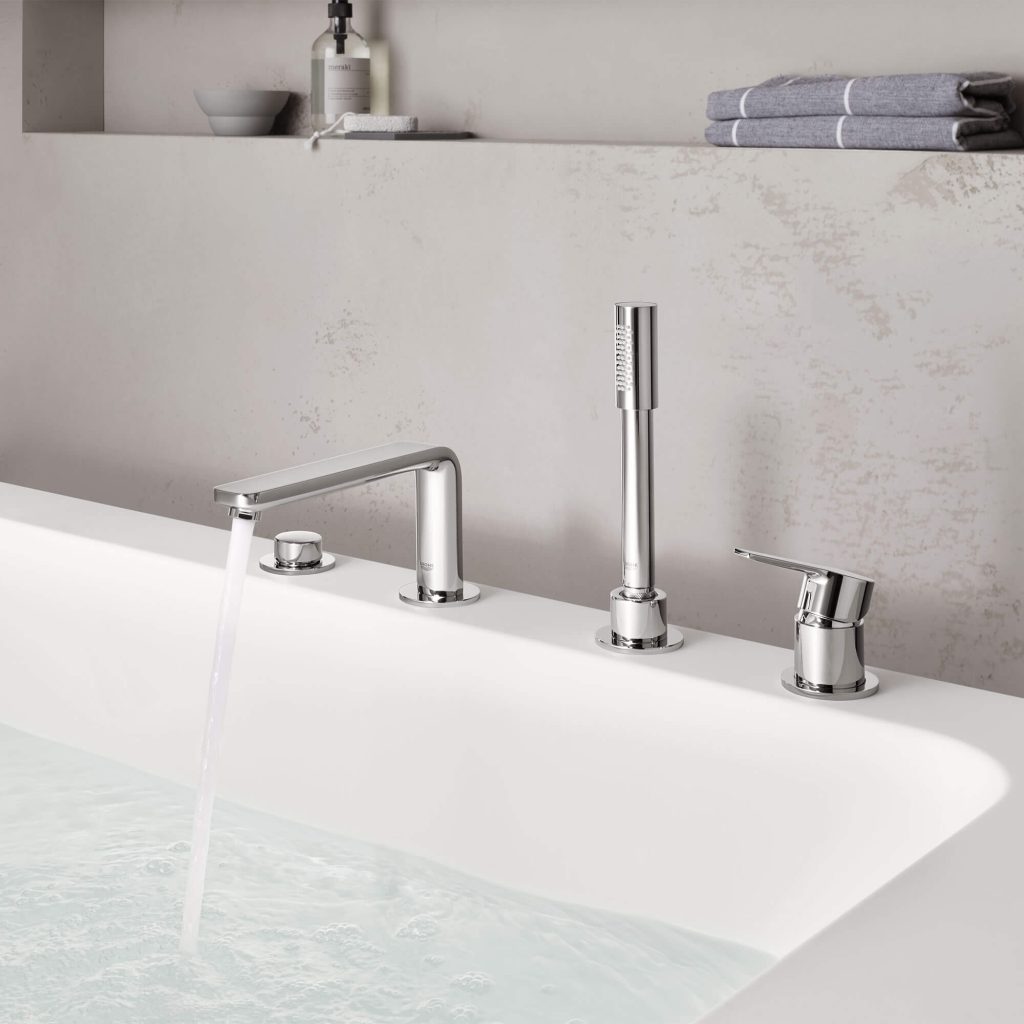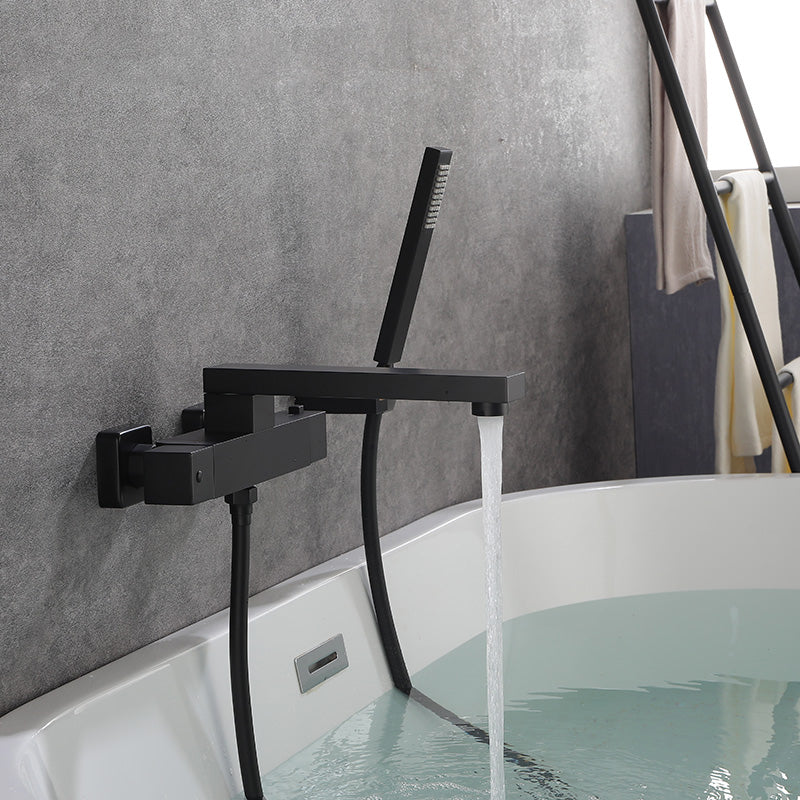How to remove lime deposits from faucets? Lime deposits can build up on faucets over time, causing them to look unsightly and function poorly. Fortunately, there are several methods for removing lime deposits and restoring your faucets to their former shine. In this article, we will explore a few effective ways to remove lime deposits from faucets.

Understanding Lime Deposits
Lime deposits, also known as limescale, are caused by the buildup of minerals such as calcium and magnesium in water. When water evaporates, these minerals are left behind, forming a white, chalky residue on surfaces such as faucets, showerheads, and sink basins. If left untreated, lime deposits can gradually accumulate and become more difficult to remove.
Methods for Removing Lime Deposits
Vinegar
One of the most popular and effective methods for removing lime deposits from faucets is to use vinegar. The acidic nature of vinegar makes it a powerful cleaner for dissolving mineral deposits. To use vinegar to clean your faucet, simply soak a cloth or paper towel in vinegar and wrap it around the affected areas. Leave the vinegar-soaked cloth in place for at least an hour to allow the acid to break down the lime deposits. Afterward, remove the cloth and use a soft-bristled brush to gently scrub the faucet, rinsing with water as needed.
Lemon Juice
Like vinegar, lemon juice is also acidic and can be used to remove lime deposits from faucets. To clean your faucet with lemon juice, cut a lemon in half and rub the cut side directly onto the affected areas. Allow the juice to sit for a few minutes, then rinse the faucet with water and dry it with a clean cloth. Lemon juice not only helps to remove lime deposits but also leaves a pleasant citrus scent behind.
Baking Soda
Baking soda is a mild abrasive and can be used to scrub away stubborn lime deposits from faucets. To clean your faucet with baking soda, make a paste by mixing baking soda with a small amount of water. Use a soft cloth or sponge to apply the paste to the affected areas, then gently scrub the faucet. Rinse the faucet with water and dry it thoroughly to reveal a sparkling finish.
Commercial Cleaners
If natural remedies like vinegar, lemon juice, and baking soda are not effective in removing stubborn lime deposits from your faucets, you may want to consider using a commercial cleaner specifically designed for removing limescale. These cleaners are often more powerful than homemade remedies and can quickly dissolve even the toughest deposits. Be sure to follow the instructions on the product label and use caution when working with commercial cleaners.

Preventing Future Buildup
In addition to removing existing lime deposits, it’s important to take steps to prevent future buildup on your faucets. One way to do this is to install a water softener in your home, which can help to reduce the mineral content in your water. Regularly wiping down your faucets after each use can also help to prevent lime deposits from forming.
How to care for faucets
Faucets are an essential part of our daily lives, providing us with access to clean water for various purposes. However, like any other household appliance, faucets require regular maintenance to ensure their longevity and efficient operation.
Cleaning and Maintenance
Regular Cleaning
One of the simplest yet most effective ways to maintain your faucets is by regularly cleaning them to prevent the buildup of dirt, grime, and mineral deposits. Use a mild soap or detergent and warm water to clean the exterior of the faucet, and if necessary, a soft brush or cloth to scrub away any stubborn stains. Avoid using abrasive cleaners or harsh chemicals, as these can damage the finish of the faucet.
Removing Mineral Deposits
Over time, mineral deposits from hard water can accumulate on the aerator and other parts of the faucet, leading to reduced water flow and potential leaks. To remove these deposits, soak the aerator in a solution of equal parts water and vinegar for at least 1-2 hours, then scrub it with a brush to dislodge any remaining deposits. This should be done every few months to maintain optimal water flow.
Checking for Leaks
Regularly inspect your faucets for any signs of leaks, such as dripping or pooling water around the base. Even a small leak can waste a significant amount of water and drive up your utility bills. If you notice a leak, promptly fix it by replacing worn-out washers, O-rings, or other faulty components. Ignoring leaks can lead to more extensive damage and costly repairs in the long run.
Preventing Corrosion and Rust
Minimizing Exposure to Harsh Chemicals
Chemicals such as bleach, ammonia, and abrasive cleaners can corrode and tarnish the finish of your faucets, especially if they are made of metal. To prevent corrosion and rust, avoid using these harsh chemicals when cleaning your faucets, and opt for gentler alternatives such as vinegar or mild soap. Additionally, always rinse off any cleaning products thoroughly to remove any residue that could potentially damage the faucet.
Drying After Use
Water droplets left on the surface of the faucet can contribute to the development of rust and corrosion, especially in areas with high humidity. After using the faucet, wipe it dry with a clean cloth or towel to remove any residual water and prevent the buildup of moisture. This simple step can go a long way in preserving the integrity of the faucet’s finish.

Proper Use and Handling
Avoiding Excessive Force
Applying excessive force when turning the handles or operating the faucet can lead to wear and tear on the internal components, such as the valves and seals. Always use a gentle touch when turning the handles to avoid damaging the faucet over time. If you notice any stiffness or resistance when using the faucet, it may be a sign that the internal components need to be serviced or replaced.
Using a Filter
Installing a water filter on your faucet can help prevent the accumulation of sediment, debris, and other impurities that can cause damage and reduce the lifespan of the faucet. A filter can also improve the overall quality of the water and reduce the risk of clogs and blockages in the faucet’s internal mechanisms. Be sure to follow the manufacturer’s instructions for proper installation and maintenance of the filter.
Maintaining your faucets through regular cleaning, preventing corrosion and rust, and using proper handling techniques is essential for maximizing their longevity and efficiency. By following the tips outlined in this article, you can ensure that your faucets continue to provide you with clean, reliable water for years to come. Remember that investing a little time and effort in maintaining your faucets can ultimately save you from costly repairs and replacements down the road.

Conclusion
Removing lime deposits from faucets is a simple yet important task that can help to maintain the appearance and functionality of your fixtures. By using natural remedies such as vinegar, lemon juice, and baking soda, or commercial cleaners when necessary, you can effectively remove lime deposits and restore your faucets to their original luster. Additionally, taking steps to prevent future buildup can help to prolong the life of your faucets and keep them looking their best.
